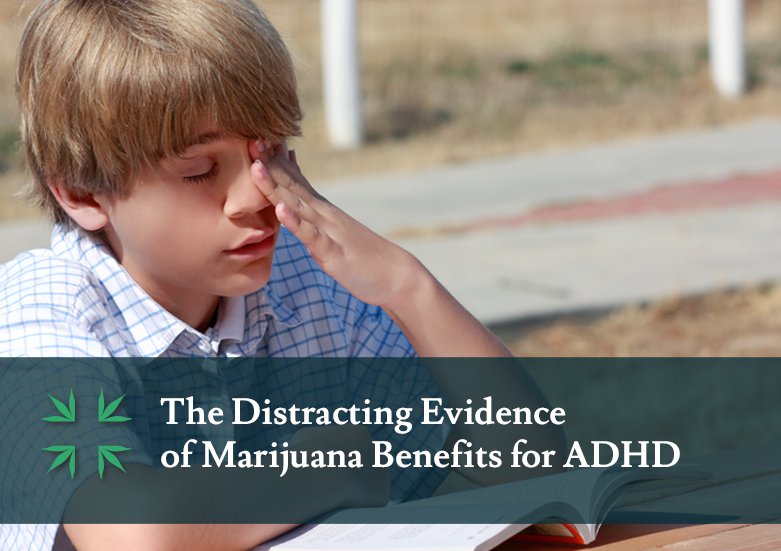Attention deficit or attention deficit hyperactivity disorder is not a very comfortable subject. First recognized as a behavior dysfunction in 1937, initial attempts to control the hyperactive brain functions with sedatives only resulted in increased hyperactive distractions. Noting this paradox, Dr. Charles Bradley, who made the first diagnosis of the syndrome, switched to experimenting with stimulants for his patients. The results proved more effective, and since then, Ritalin; an amphetamine; became the most commonly used medication for attention deficit behavior.
These experiments led to the understanding that hyperactive attention deficit is a physical disorder. Instead of sorting out by order of importance, the various stimuli the brain receives, attention deficit sufferers absorb all stimuli as having equal importance. The ability to concentrate on singular activities lowers as other stimuli is introduced for distracting the brain’s focus. The stimulants serve as a balance by tying up the dopamine transporters, allowing more dopamine to be released for specific brain activity instead of broad based neurotransmission of all stimuli.
The problem with stimulants is their severe side effects. Anxiety, sleep deprivation, appetite suppression and a propensity for anger have been among the traits attributed to long term use of amphetamines, as well as amphetamine addiction. Because of their long term use as medication for ADHD, the psychological profile for adults has been one of drug dependency, neurological disorders, anxiety and sleep disorders. Another significant statistic is that up to nine percent of school age children have been diagnosed with ADHD, while the number dwindles to five percent in adults.
Because of the high propensity to diagnose children with ADHD, even though other psychological factors could and should be taken into account, there has been a great deal of reluctance to experiment with the beneficial possibilities of cannabinoids for the treatment of ADHD symptoms. Cannabis also frees up dopamine, allowing for greater concentration, but has a far more benign side effect profile. Adolescents and adults with ADHD have reported an ability to study for greater lengths of time without distractions, greater success in keeping jobs and improved relationships with others.
In a testimony before the House Committee on Government Reform on Marijuana (2004) , Dr. Claudia Jensen, a pediatrician from California discussed the practice of recommending marijuana to patients in an eleven page document, summing up the publishing of hundreds of scientific articles on the safety of marijuana as an important medication. “Of all the drugs used for ADD,” she stated, “cannabis has the least number of serious side effects”.

Leave A Comment